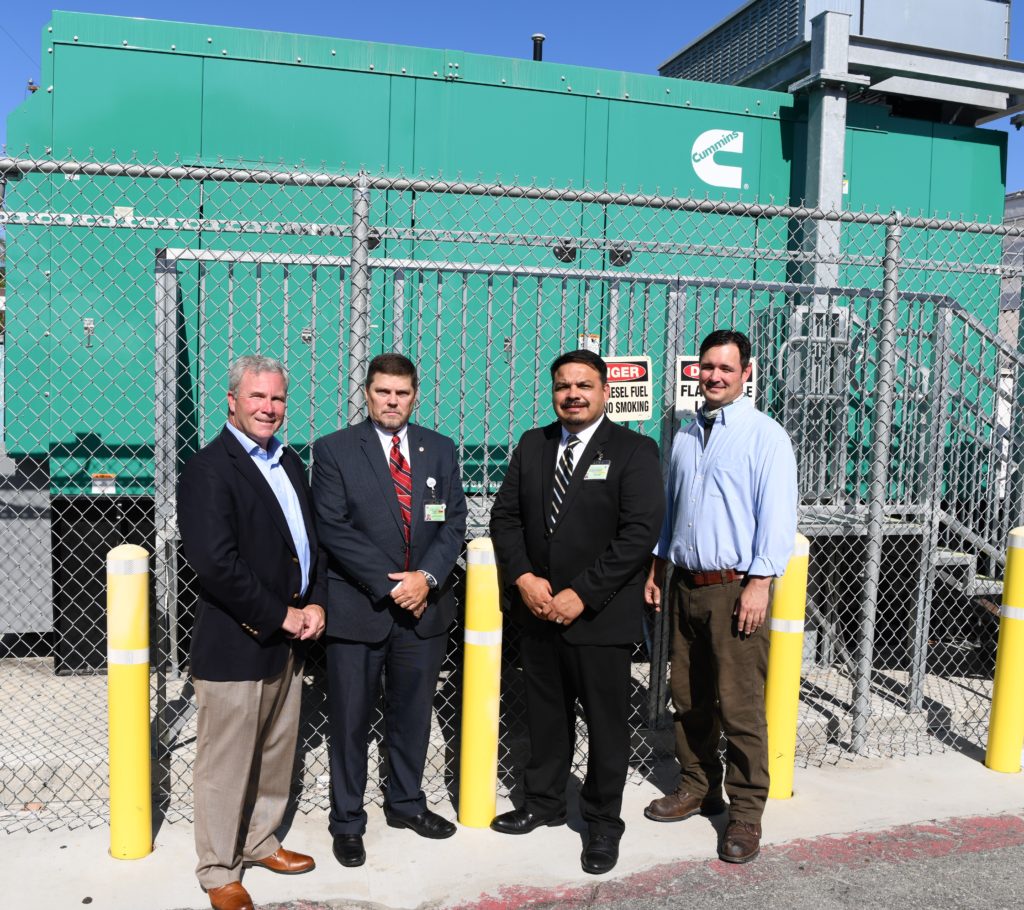
Power P.I.O.N.E.E.R.® is a powerful situational awareness tool developed by P4P that provides real time, automated alerts when emergency power is threatened in a facility equipped with P.I.O.N.E.E.R.’s advanced, remote monitoring technology. P.I.O.N.E.E.R stands for Power Information Needed to Expedite Emergency Response.
In addition to its automated alerts, P.I.O.N.E.E.R provides a secure, cyber-protected online dashboard where authorized users can view detailed information about unfolding mechanical threats, low fuel levels or dangerously rising temperatures in patient care areas. The highly detailed information available on the dashboard can help facility personnel and service providers diagnose mechanical problems remotely that may not be readily apparent based on a visual inspection of failing equipment. Real time Dashboard updates from response personnel keep officials in the chain of command apprised of response efforts and help inform resource deployment decision making.
Early warning of a threat to emergency power and dangerously rising temperatures in patient care facilities would allow government agencies to quickly engage with impacted facilities and their service providers to help address any impediments to rapid response by service personnel. This early warning can also enable expedited deployment of government generators and when possible, accelerated power restoration. The early warning provided by P.I.O.N.E.E.R also provides a valuable head start in any evacuation planning that may be needed.
The loss of emergency power in a single-generator hospital or skilled nursing facility treating patients depending on ventilators during a power outage would represent a life-threatening emergency. In such a scenario, staff would have only a few hours of battery life before they would need to manually ventilate patients during the race to replace a failed generator or transfer patients to another facility.
Initial P.I.O.N.E.E.R deployments took place in August 2021 in two Los Angeles County single-generator hospitals. The deployments were made possible with HHS Hospital Preparedness Program funding provided by the LA County EMS Agency.

